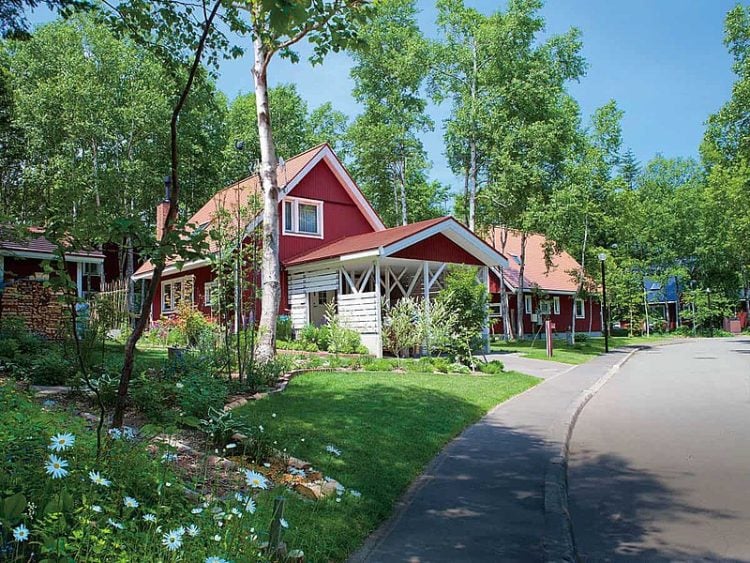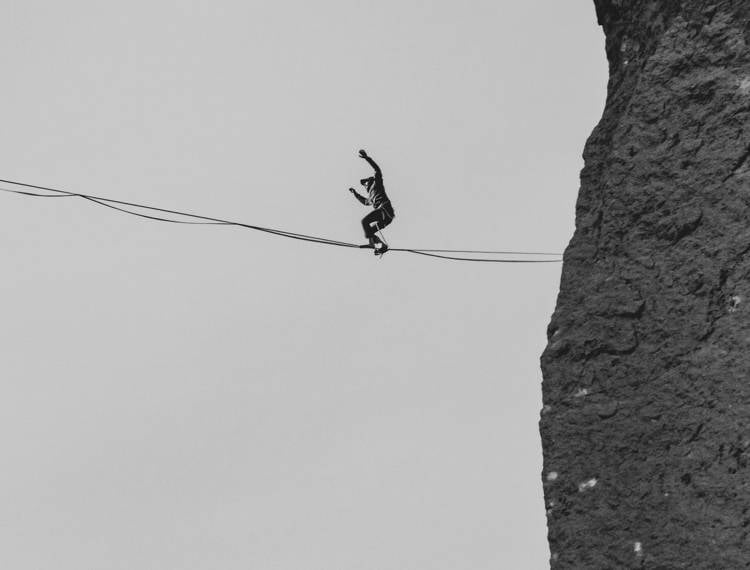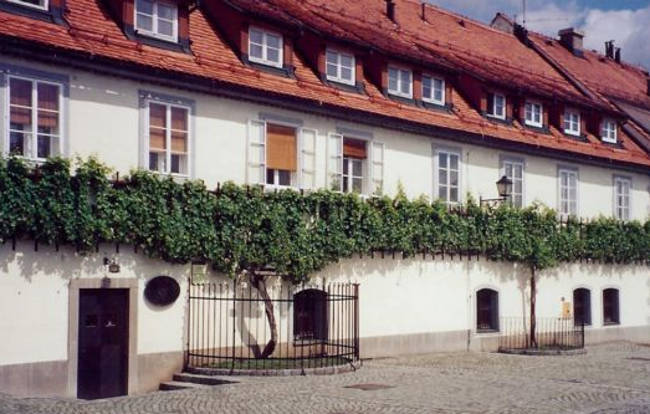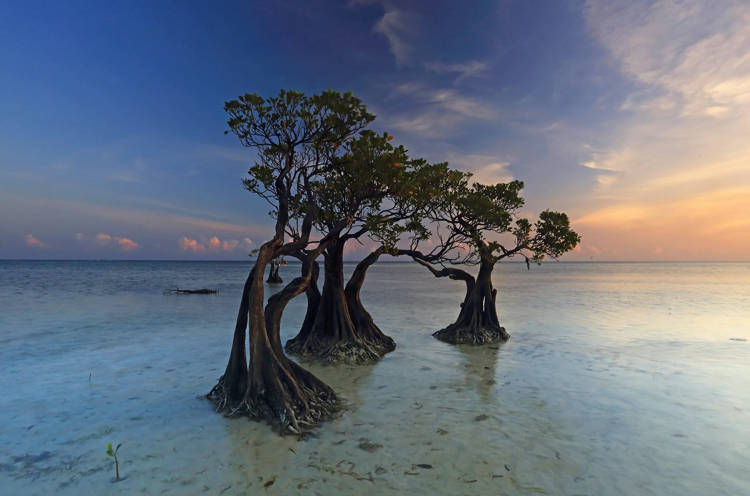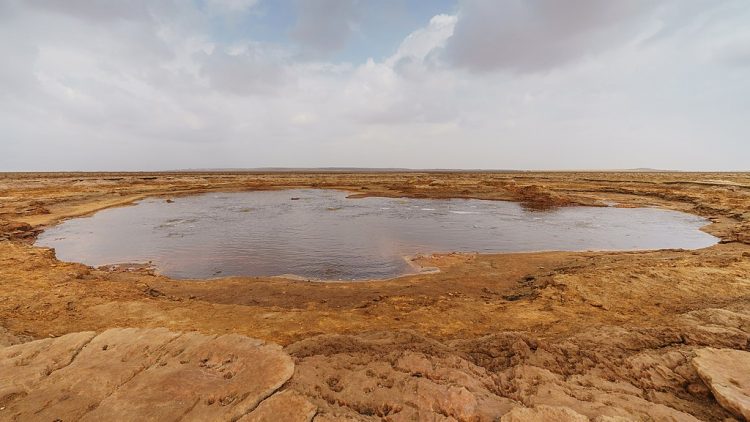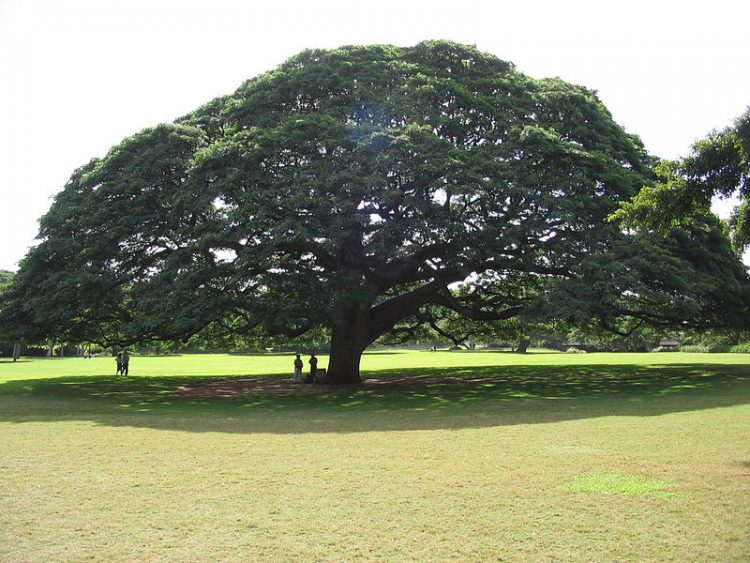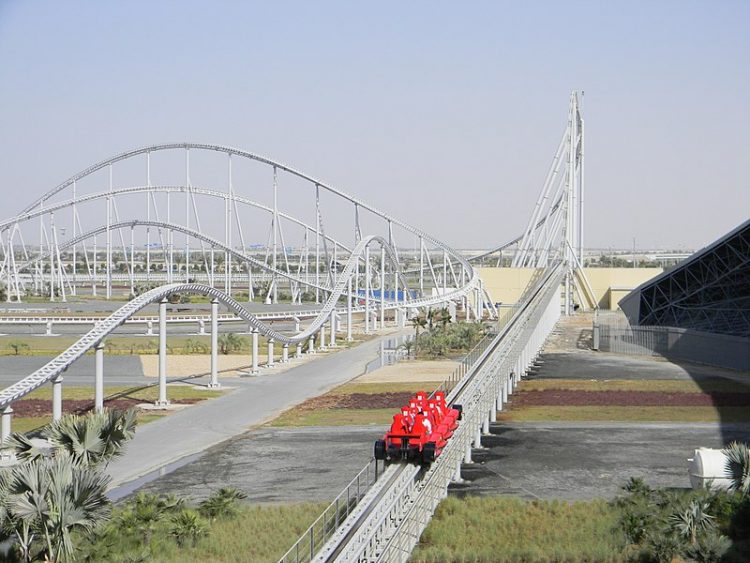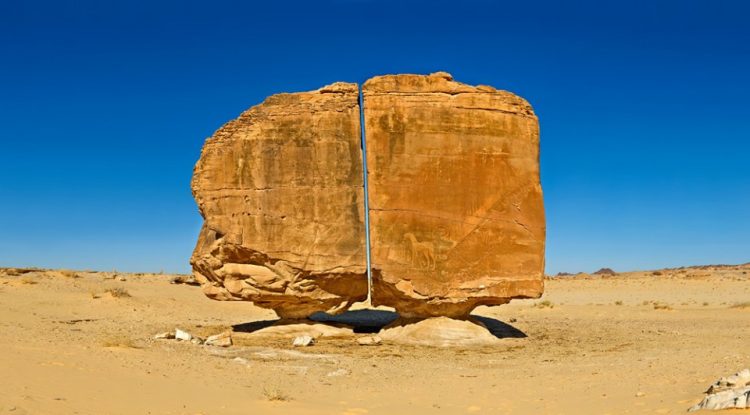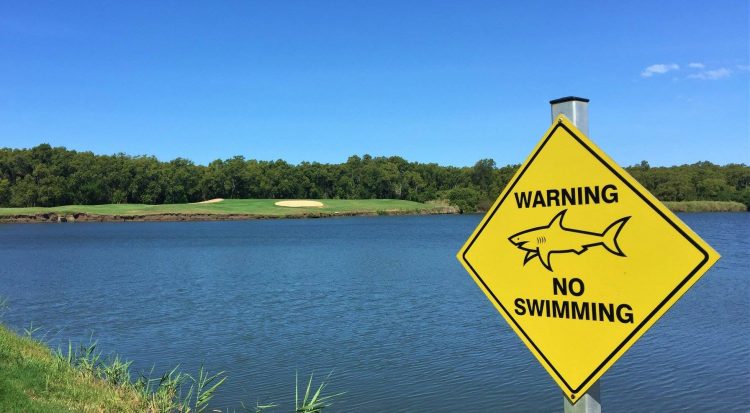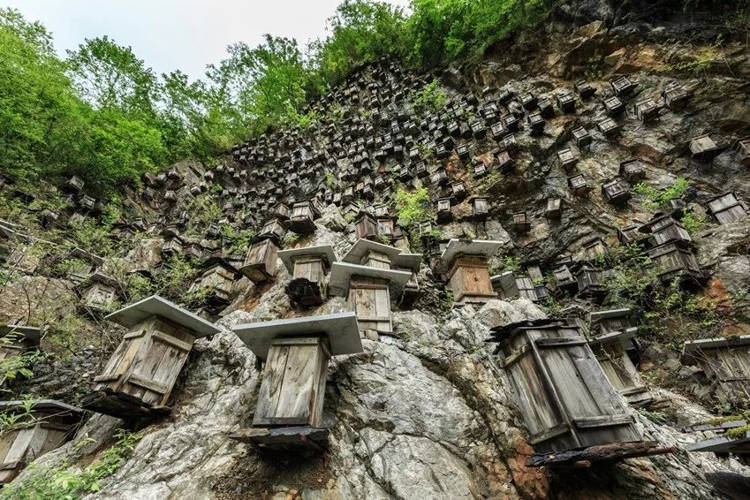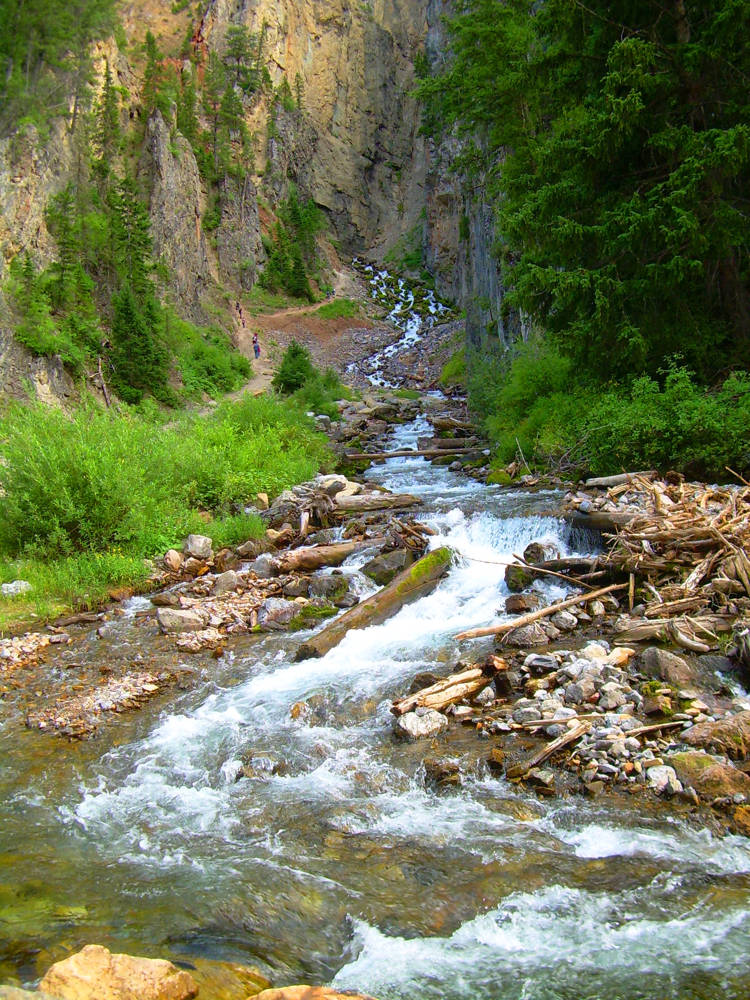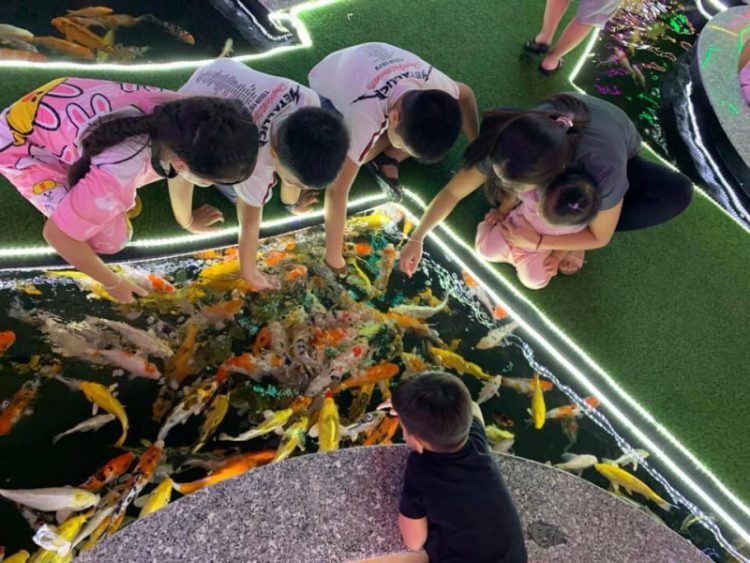An elevator button factory in Japan allows visitors to test its vast collection of buttons by pressing no less than 1,000 of them on a specially designed display.
Shimada Denki Seisakusho is a specialized manufacturer of custom-made elevator buttons and arrival lights based in Tokyo, Japan. Founded in 1933, the factory is a piece of Japanese industrial history and conducts guided tours for people interested in its early beginnings and the way it makes its vast array of elevator buttons. It’s a fascinating visit, I’m sure, but the highlight of the tour has to be the ‘1,000 Buttons’ display, which, as the name suggests, is made up of rows upon rows of different elevator buttons that light up when pressed.


